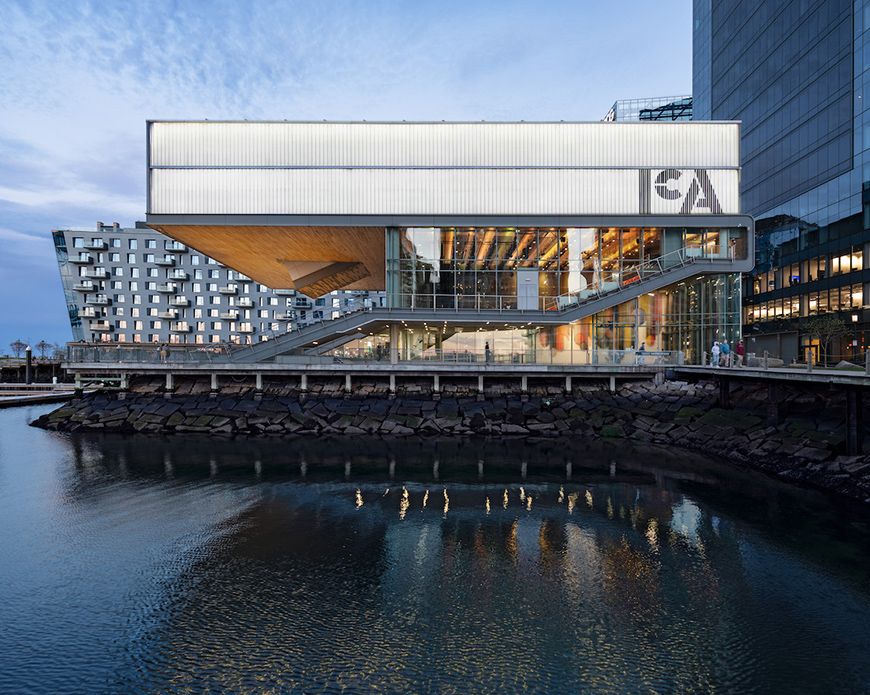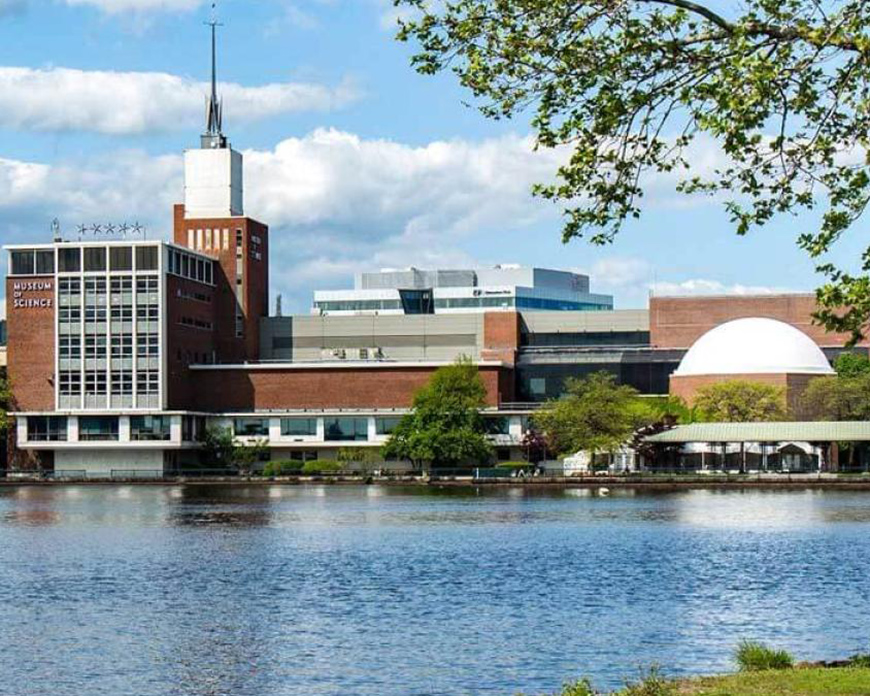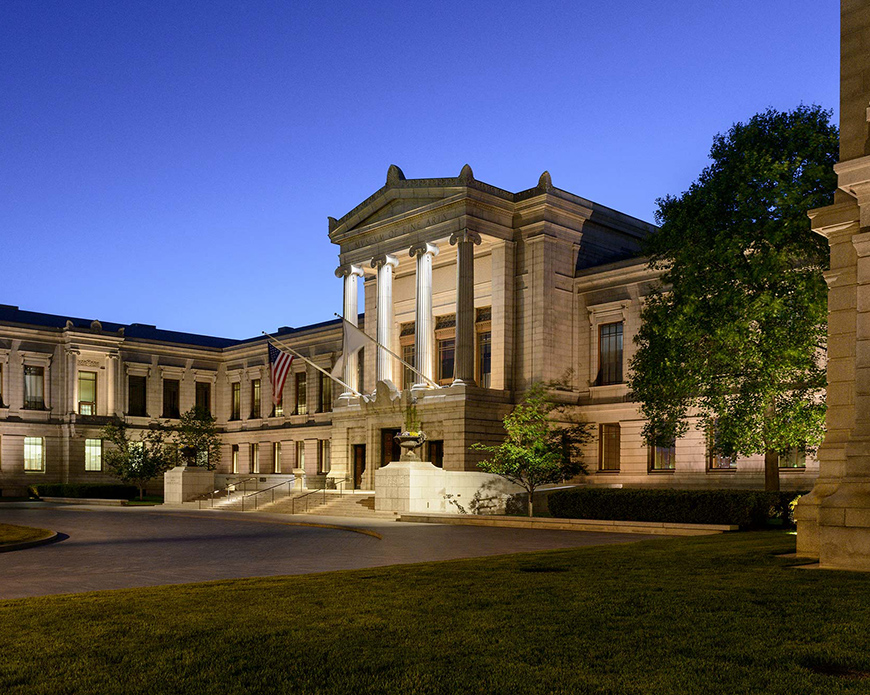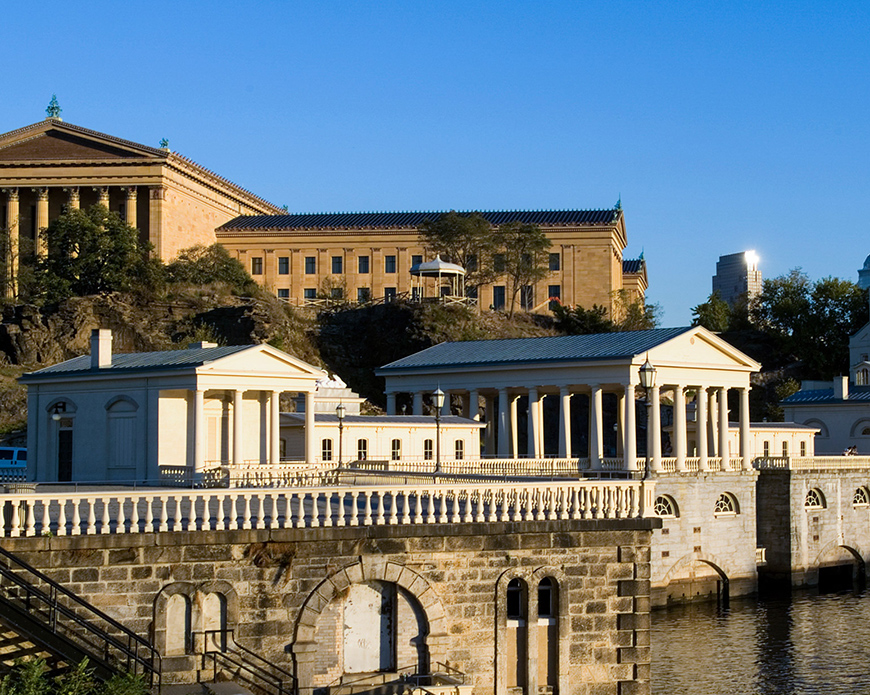My encounters with art have always stirred something deep within me. But Boston—oh, Boston!—with its extraordinary array of museums, each more vivacious, historic, or daring than the next, constantly renews my passion. I left the city brimming with excitement, inspiration, and a profound appreciation for its artistic soul. I’ll take you through four major Boston museums—each anchored by artworks I loved personally plus three I recommend—and share my on-the-spot experiences, service impressions, practical tips, directions, pricing, discounts, and honest reflections. Prepare for a journey through masterpieces, hidden gems, and artistic wonder.
Museum of Fine Arts, Boston (MFA) 🎨
Location & Directions:
Entrance at 465 Huntington Avenue, Fenway/Kenmore neighborhood. Take the Green Line E branch to Museum of Fine Arts stop or bus 39/CT2 from Downtown.
Hours & Tickets:
Open 10 AM–5 PM Sunday, Monday, Wednesday, Saturday; until 10 PM Thursday & Friday; Tuesday closed.
General admission: $27 for adults, $10 for youth 7–17; free for children under 6. Special exhibitions (e.g. “Van Gogh: The Roulin Family Portraits”) may cost $34 per adult.
Tickets available online at mfa.org or by phone (1 800 440 6975), with $6 processing fee for phone orders.
My Favorite Three Works:
- “Houses at Auvers” by Van Gogh (1890) – Boston’s most beloved Impressionist painting according to public vote. The swirling skies and vibrant color made my heart leap—Van Gogh’s emotional depth in every brushstroke left me breathless.
- “The Daughters of Edward Darley Boit” by John Singer Sargent (1882) – This mysterious portrait of four girls in a Paris apartment felt surreal and psychologically rich. I lingered, staring—feeling that Sargent had painted a moment frozen in time and suspended between childhood and adulthood.
- “Saint Luke Drawing the Virgin” by Rogier van der Weyden (c. 1435–40) – The detail and devotional intensity in this early Netherlandish masterpiece drew me into a contemplative state. Watching Luke capture Mary’s serene figure was like witnessing art be born before my eyes.
Three Recommended Works:
• “Lime Green Icicle Tower” by Dale Chihuly – 42.5 ft of glass brilliance rising in the courtyard, looking like a neon cactus from another planet. Extraordinarily photogenic and visually exhilarating.
• “In the Loge” by Mary Cassatt (1878) – A genteel yet piercing commentary on gender and observation in the opera house; I loved Cassatt’s subtle power—and the little mirror reflection in the painting made me smile.
• “Jessica” by Dennis Miller Bunker (1890) – A luminous portrait of an elegant woman, powerful yet fragile. I stood close and felt the portrait breathe—one of the museum’s most evocative figure paintings.
Service, Pros & Cons & Experience:
Entering the MFA felt like walking into a cathedral of creativity. The staff greeted me warmly at the ticket desk; I’d booked online to avoid queues. The galleries are spacious, signage is clear, and I enjoyed free museum maps. I visited on a Thursday evening—perfect timing because the museum stays open late until 10 PM, giving me time to see galleries without day crowds.
🟢 Pros: World-class permanent collection, free late hours on Thursday, convenient public transit access, immersive exhibitions.
🔴 Cons: Can feel overwhelming for a short visit; special exhibition tickets cost extra; occasional hallway renovation noise.
Isabella Stewart Gardner Museum
Location & Directions:
At 25 Evans Way, Fenway district. Steps away from Earhart Road; accessible via Green Line E to Museum stop or a short walk from MFA.
Hours & Tickets:
Open daily 10 AM–5 PM.
Admission: $20 for adults, $15 for seniors/students, free for under 18 (museum info circa 2024).
Free First Thursdays from 3–9 PM (tickets through website two weeks in advance), plus free admission holidays and family days.
My Favorite Three Works:
- Titian’s “Rape of Europa” – The drama! The swirling mountaintops, Europa’s fearful expression—it felt myth alive. I nearly gasped when I saw the brilliant reds and expressions so vivid they practically spoke.
- Rembrandt’s “Mary with the Dead Christ” – So quiet, so emotional. As I watched the brush strokes, I could almost hear Mary’s grief echo in the chamber.
- Howard Hodgkin’s “Night and Day” tapestries – Modern and unexpected, with anxious brush touches in textile form. I marveled at how macabre color translated into gentle abstraction.
Three Recommended Works:
• Ming Fay: “Edge of the Garden” installation (2025 summer exhibit) – Giant sculptural flowers hovering overhead, making the courtyard feel fantastical. I walked through them with childlike wonder.
• “Flowers for Isabella” exhibit – Paintings intertwined with horticultural history, honoring Gardner’s floral passion. I felt transported into Isabella’s lush imagination.
• Works in the courtyards by Yu Wen Wu (“Reigning Beauty”) – Seasonal, large-scale art outdoors above the main façade, surprising in a classical palace setting.
Service & My Visit:
The Isabella is not just a museum—it’s a Venetian palace plopped into Boston. My visit was accompanied by soft footsteps in marble hallways, gardens blooming with summer flowers. I joined a member-led small group tour that explained the 1990 art theft and Gardner’s will that the arrangement of every object stay forever unchanged—a quirky, emotional decree I found enchantingly eccentric.
🟢 Pros: Intimate, romantic setting; lectures and tours add depth; creative rotating exhibits.
🔴 Cons: Smaller collection so limited time; parts feel like walking through someone’s personal residence.

Institute of Contemporary Art (ICA) Boston
Location & Directions:
Found at 25 Harbor Shore Drive, Seaport District. Take the Silver Line SL1 to Courthouse stop, or walk along the waterfront.
Hours & Tickets:
Daily open 10 AM–5 PM, Thursday evenings 5–9 PM FREE public admission via Free Thursday Nights—but tickets required from 10 AM the same day via ICA site.
General admission about $20–25, students/seniors around $15.
My Favorite Three Works:
- Ai Weiwei’s “Good Fences Make Good Neighbors” installation – Colorful, humming wires framing Sections of Boston. The public commentary and humor had me smiling even days later.
- Kehinde Wiley portrait of a local Bostonians – Grand, dramatic, contemporary. Facing a gilded frame and street background, the contrast jumped at me. I almost felt personally challenged to reconsider identity and history.
- Interactive digital sculpture by Jeppe Hein – The mirrored room that reacted to my reflection—I ended up dancing with myself in delight, laughing like a child.
Three Recommended Works:
• Photographic series on urban life by Boston-based artists – Raw, candid, surprising. I watched each piece with surprise at how Bostonians narrated their city.
• Sound art installations in the gallery corridors – I sat near speakers playing ambient recordings of harbor waves, birdcalls, city hum—immersive and serene.
• Rotating shows of emerging local artists (e.g. recent graduates) – I spoke with several artists on opening night about their work’s message—this connection felt rare and personal.
My Experience & Service:
Walking into the ICA felt like stepping into Boston’s future. Sleek glass building, atrium perched above water, and constantly evolving exhibitions. I volunteered for a Friday-evening window-side gallery talk. Staff were young, dynamic, art-enthusiasts who answered every question. The gift shop downstairs had unique prints and Zine works by local creators.
🟢 Pros: Free evening access, stunning modern building, experimental art, waterfront location.
🔴 Cons: Smaller scale than MFA; rotating exhibits can mean fewer long-term highlights.
Museum of Science, Boston
Although primarily scientific, this museum weaves art with science in beautifully exhibited works—so I count it among Boston’s cultural musts.
Location & Directions:
At 1 Science Park, accessible via Green Line to Science Park stop, or bus 47. Located on a Charles River peninsula.
Hours & Tickets:
Open daily 9 AM–5 PM; planetarium and Omni theaters open until 10 PM Fridays & Saturdays.
General admission $33 for adults, $28 for children 3–11, $29 for seniors; members free. Planetarium shows or films extra $6 each.
CityPASS available—bundle with other attractions (e.g. MFA, Aquarium) and save ~46%.
My Favorite Three Art Meets Science Exhibits:
- Charles Hayden Planetarium full-dome show “Journey Through Nature” – The immersive visuals left me feeling weightless. Art in motion.
- “Lighting Bubbles” kinetic sculpture exhibit – Giant illuminated spheres suspended from the ceiling—color-shifting art pieces that glow and pulse with soft music. Mesmeric.
- Historical anatomical art displays (vintage botanical and anatomical prints) – beautifully drawn lithographs: human lungs, early botany—drawn with eccentric precision.
Three Recommended Features:
• Mugar Omni theater film – Documentaries projected on massive dome—great lighting, sound, educational aesthetics.
• The Butterfly Garden – Soft natural light, fluttering creatures, and shadows dancing on white walls—a living art installation.
• Interactive art-science crossover exhibits like “Living on the Edge” sculptural displays that feel like art installations but teach about climate—that blend critical science with design.
My Experience & Service:
I spent an evening wandering the Exhibit Halls then stayed for the Omni film about deep-sea bioluminescent creatures. The staff guided me patiently: I asked about the schedule, Planetarium show times, parking tips. The butterfly enclosure took me unexpectedly, and I found myself stepping lightly, whispering in awe.
🟢 Pros: Visually rich crossings of art and science, extended evening hours, engaging for all ages.
🔴 Cons: Not a traditional art museum; expensive pricing unless bundled.
Navigational Tips, Discounts & Practical Notes
• Book MFA tickets in advance online, especially for special exhibitions like Van Gogh—the site opens months ahead and sells fast.
• Take advantage of Free First Thursdays at Gardner (3–9 PM), arriving early for free entry (tickets release at 10 AM, two weeks prior).
• ICA’s Free Thursday Nights (5–9 PM) require advance reservation same-day at 10 AM on their website.
• Use Boston CityPASS to combine Museum of Science and other attractions at discounted rates.
• Bring walking shoes—Fenway and Seaport require a bit of walking; MFA & Gardner are near each other, so plan them back-to-back.
• Visit MFA on Thursday evening to avoid crowds and enjoy calmer galleries until 10 PM.
• Combine your museum trips with nearby coffee shops (Gardner courtyard café, MFA café) for breaks and reflections.

Personal Reflections
I approached each museum with a curious heart and what I’ll call “artistic hunger,” and Boston delivered in spades. At MFA, I wept before Sargent’s girls and felt alive in Van Gogh’s storms of color. At Gardner, I was swept into a personal art fantasy palace. At ICA, I tasted the city’s innovation and dialogue. At the Museum of Science, I watched art float in motion and color in science, and I left reshaped, inspired, and exhilarated—like a painter after a storm.
Every service moment—ticket scanners at MFA friendly and efficient, Gardner volunteers weaving history, ICA staff eager to talk art, museum of science docents explaining dome timing—reinforced my gratitude. I felt cared for, informed, and invited deeper.
Boston’s museums are not just repositories—they’re living conversations between past and present, art and viewer, institution and soul. My advice: dress in comfortable layers, buy tickets ahead when possible, pace yourself, and linger. Let yourself get lost in a gallery, return to a painting that caught your breath, and savor museum cafés with their thoughtful ambiance.
Three parting tips:
- Plan your museum route smartly: MFA and Gardner close by; ICA is perfect near dinner in Seaport. Museum of Science fits a rainy or evening slot.
- Check exhibition calendars—shows like “Van Gogh: The Roulin Family Portraits” (MFA, until Sept 7, 2025) are crowd-drawers mid-summer.
- Mix free admission options with paid highlights to balance budget and enrichment.
Boston is alive with art; its museums are portals—from quiet contemplation to bold statements. As a travel consultant, I’ve trotted the globe, but Boston’s art scene always surprises me: refined, eclectic, humorous, meditative, and oh so alive. I can’t wait to return and discover more—and I hope you will too.


